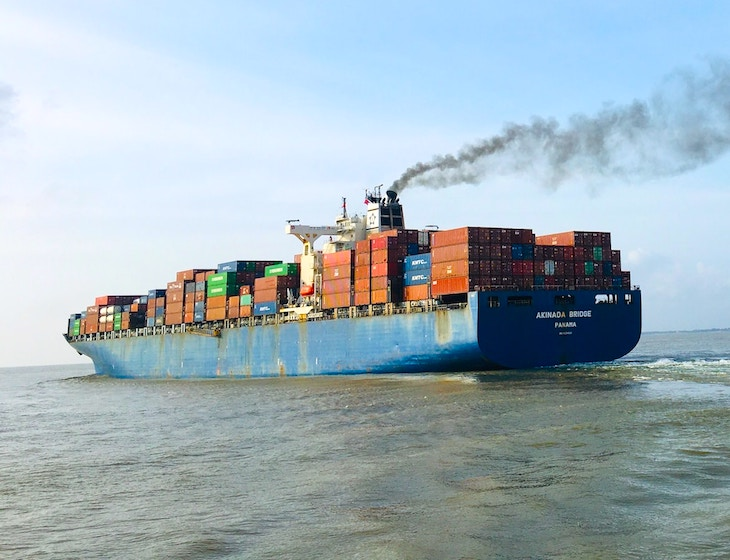According to the latest analysis by BIMCO, at least 500 container ships with a total capacity of 1.8 million TEUs are awaiting scrapping in the global fleet. These vessels have been in continuous operation far beyond their typical scrapping lifespan.

BIMCO noted that the current trend of low scrapping volumes, which has persisted since 2021, has seen only 10 container ships scrapped this year. The proportion of container ships over 20 years old has climbed from 16% in early 2020 to the current 24%, marking the highest ratio since the early 1970s.
“Using the average recycling pattern during 2000-2019, we estimate that the current minimum recycling overhang is 500 ships and 1.8 million TEU,” said Niels Rasmussen, Chief Shipping Analyst at BIMCO. “Prior to the financial crisis a strong market resulted in low recycling, but a weaker market and more recycling dominated from 2009 onwards. Combined, the 2000-2019 period should therefore be a good reflection of recycling during average market conditions.”
Historical data indicates that between 2000 and 2019, 20% of container ships were scrapped before reaching 20 years of service, while 53% were scrapped before reaching 25 years of service.
BIMCO’s analysis indicates that the number of container ships awaiting scrapping in the global fleet may be significantly higher. Based on scrapping patterns observed during the weak market conditions of the 2010s, the organization estimates that the maximum backlog could reach 850 vessels, representing a capacity of 3.1 million TEU. A substantial backlog of newbuild orders, potential rerouting of Suez Canal traffic, and energy efficiency regulations could all drive up scrapping rates.
The current backlog of container ships awaiting scrapping will take several years to clear. The highest annual scrapping record was set in 2016, when 185 container ships with a total capacity of 600,000 TEU were dismantled.
Alphaliner also noted that the scrapping market is expected to remain sluggish before persistently falling freight rates begin to impact shipping companies’ profitability.
“Future recycling is very difficult to estimate accurately,” Rasmussen noted. “However, our estimates indicate an overhang of 6-10% of currently trading ships equal to 33-55% of ships older than 20 years. It is worth noting that the estimated overhang is larger than the order book for all ship segments smaller than 8,000 TEU. This may indicate that fleet growth in the coming years will be driven exclusively by the larger ships which in turn could drive further cascading of larger ships into routes where smaller ships are currently deployed.”


